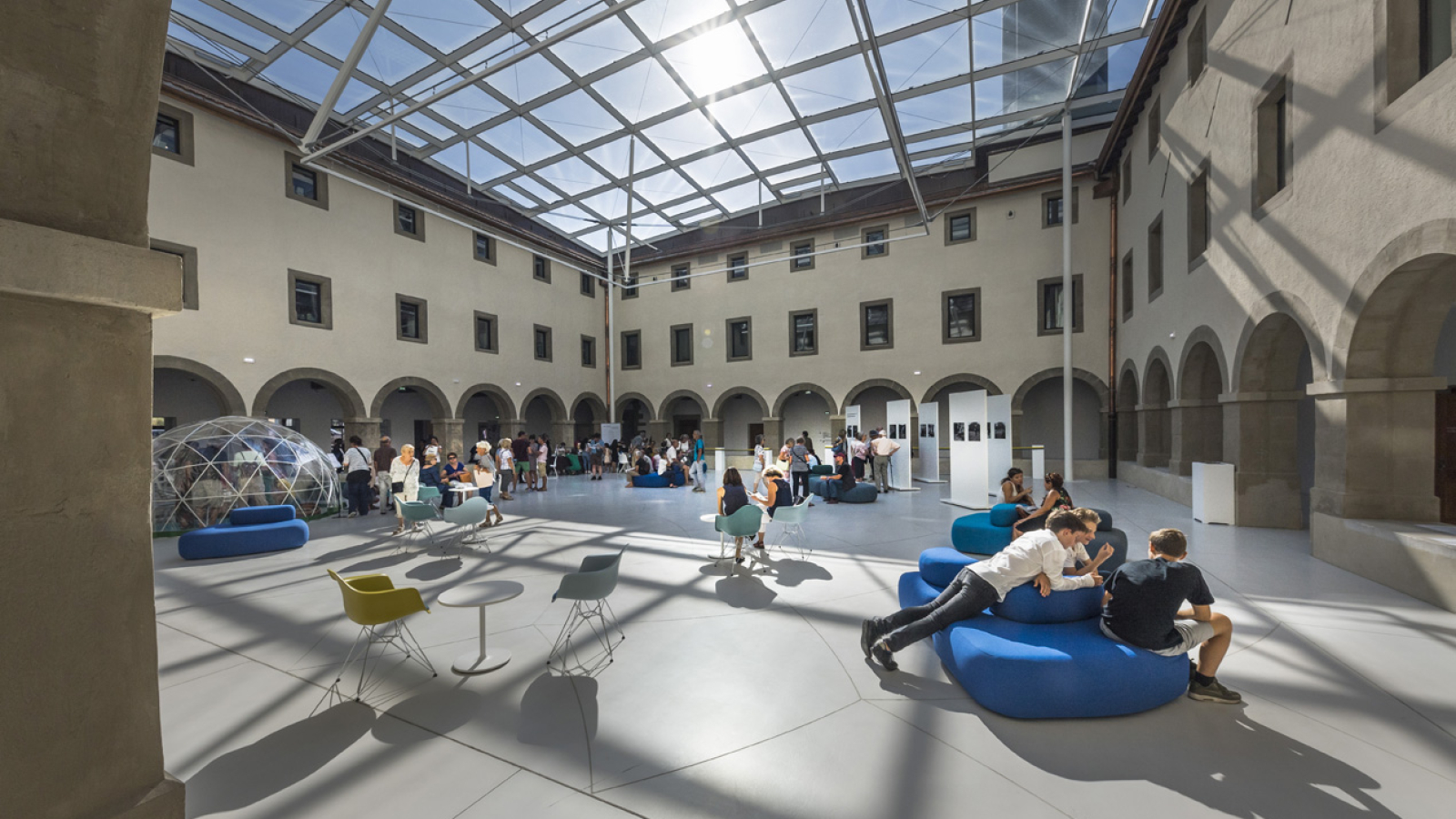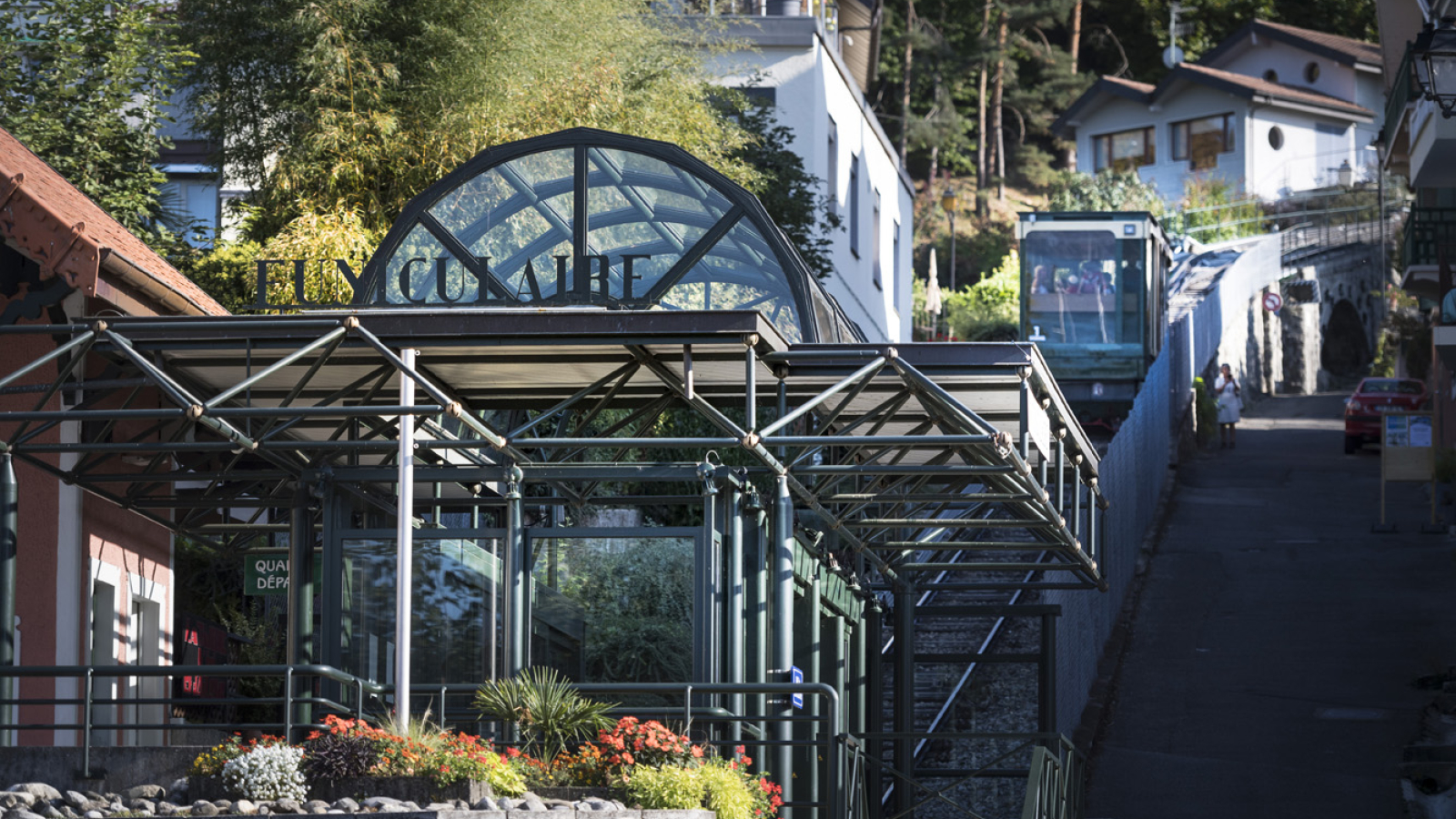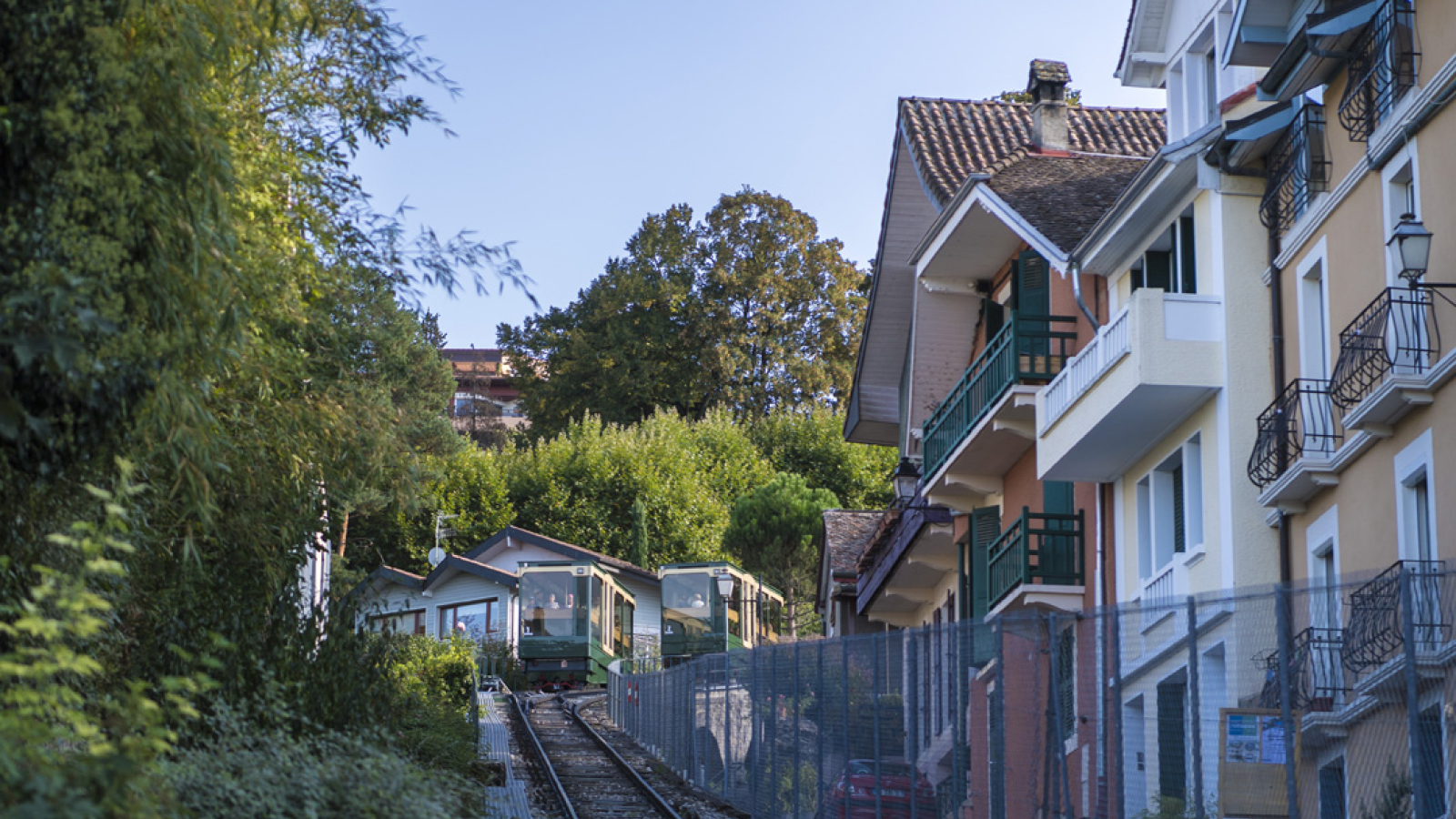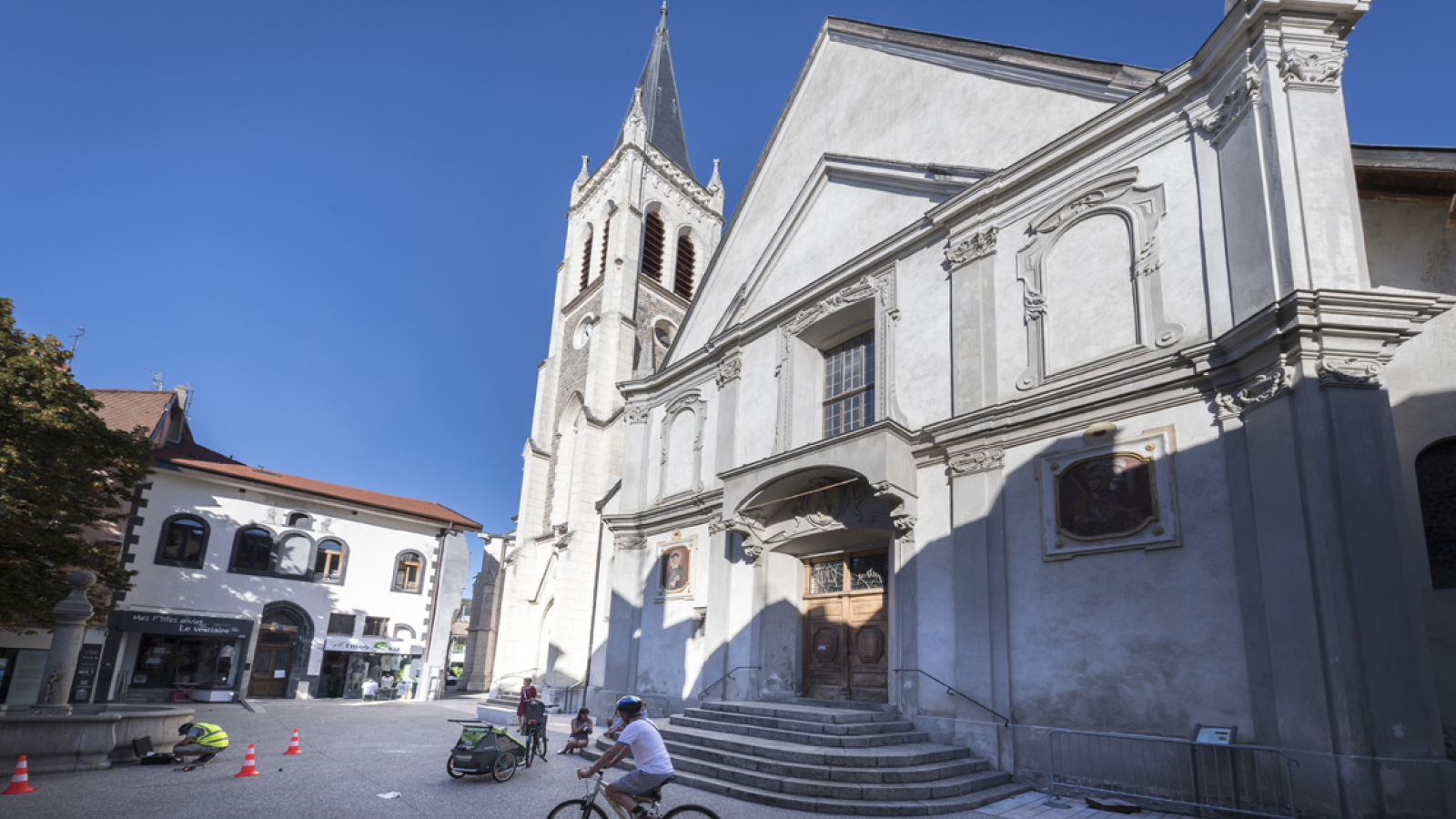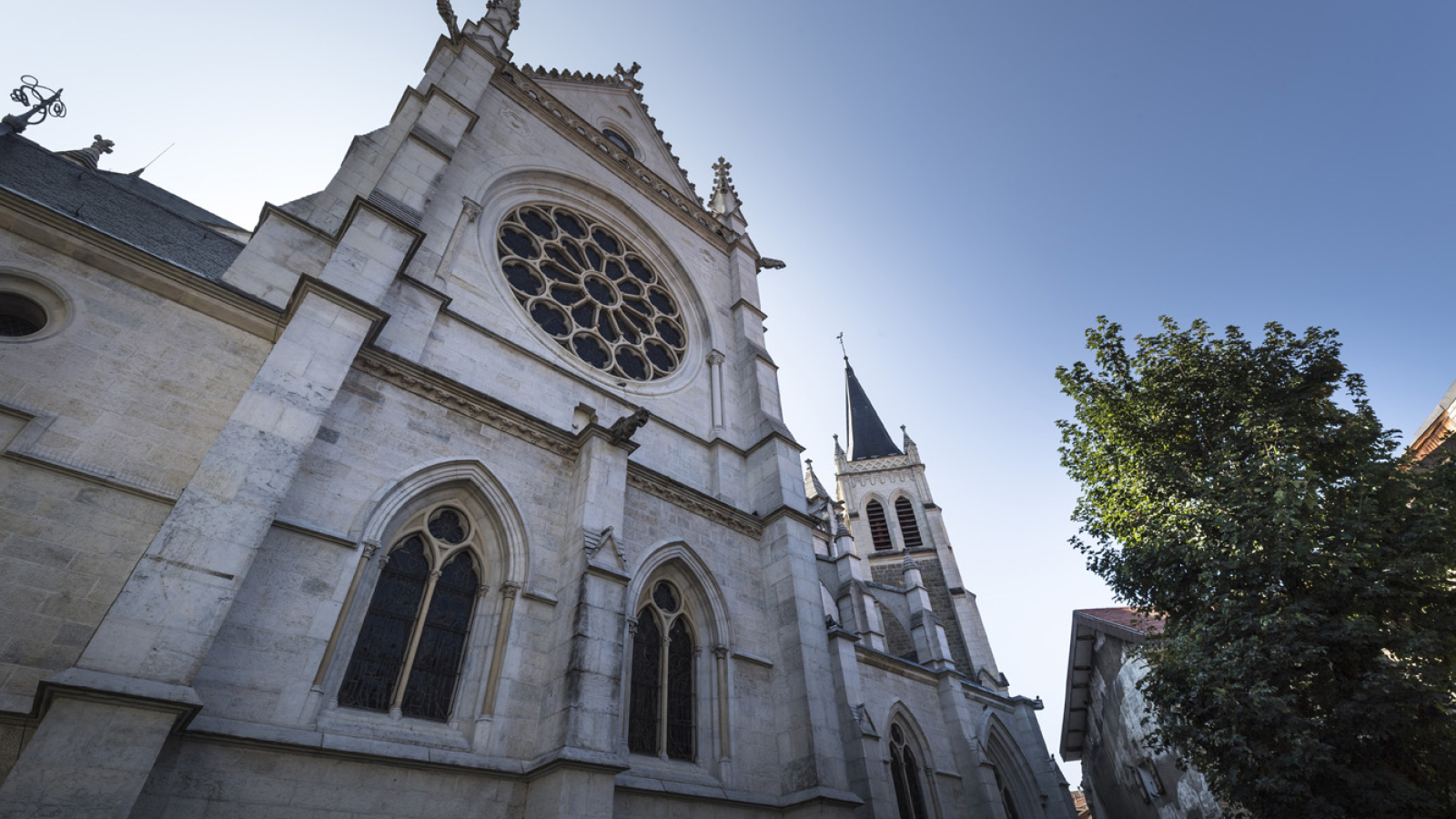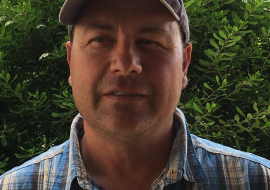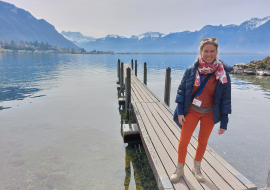Description
Throughout this page, you will discover that in Thonon-Les-Bains...
A former prison dominates the viewpoints of Lake Geneva and hosts the Chablais Museum and the Tourist Office.
The Dukes of Savoy took up residence here by installing a pope in the heart of the Ripaille domain.
St François de Sales forced the walls of a church and a basilica was erected in his honor, it still houses the magnificent frescoes of Maurice Denis.
And Lake Geneva is: 582 square kilometers, 73 km long, 309 m deep, the height of the Eiffel Tower and an average temperature of 22° in summer!
The must-sees :
The castle of Ripaille:
High historical, cultural and wine-making place of the Haute-Savoie, the castle of Ripaille is also one of the biggest and most remarkable natural sites on the edge of Lake Geneva.
Once a semi-religious retreat of the first Duke of Savoy, Amédée VIII, in the 17th and 18th centuries a Carthusian monastery, protected from the "century" by the high wall that still surrounds it today, in 1900 the property of a great industrialist-enthusiast, Ripaille has always been a place where residents and visitors come to "recharge their batteries."
Lake Geneva :
Without a doubt the most famous and unmissable for its size and its landscapes with a Riviera atmosphere. As a link between France and Switzerland, it offers 53 km of French shoreline in the Chablais area.
Strolling along the shoreline, hiking to gain height or simply lazing in the sun, Lake Geneva will make you travel on foot, by boat or by bike... you have 180 km to go around!
The Pôle Culturel de la Visitation :
Find within the former convent of the visitation, a cultural pole gathering knowledge, music and contemporary art: The media library, the chapel - contemporary art space, the music and dance school of Thonon and the Chablaisian harmony of Thonon-les-Bains and Lake Geneva, the Chablaisian academy, the Amédée choir, the Sabaudia folklore group, the Friends of Eberbach, the genealogical center of Savoy...all make this pole the cultural core of Thonon-les-Bains.
A 17th century building brought up to date to generate social links but also to participate in the dynamism of the city and to host various cultural events.
Favorite: the magnificent and imposing glass roof at the entrance of the media library
The Basilica of Saint François de Sales:
This majestic religious building was completed at the beginning of the 20th century. Maurice Denis painted his last works here, the vaults and stained glass windows are really worth a visit. The church of Saint Hippolyte is a Siamese sister, sharing the same bell tower, only its baroque style allows to know where the one begins and the other ends.
The Chablais museum :
The Chablais Museum at the Château de Sonnaz, a historic residence, enjoys an exceptional panorama of Lake Geneva. It hosts permanent exhibitions as well as a temporary exhibition, which tries to be as close as possible to the memory of the region.
The Ecomuseum of Fishing and the Lake :
Dive into the heart of the fishermen's village and discover the Ecomuseum of Fishing and the Lake in Thonon-les-Bains, which has found its place in three traditional gatehouses, and lives to the rhythm of these fishing professionals whose memory it is the guardian...
Valvital thermal center :
The benefits of the water of Thonon-les-Bains are recognized since ancient times. From the Romans, who already reported its diuretic merits, to the Valvital spa center today, everyone has found in the water of Thonon-les-Bains its purest attributes. Today, the town and its name " les-bains " see curists coming from all over the world who are eager to take advantage of the rheumatological, diuretic and dietetic benefits of the thermal establishment.
The Valvital thermal center of Thonon is also 600 square meters of relaxation space, a thermal pool at 32°C with a panoramic view on the park, decorated with beds and bubbling seats, swan necks, immersion massage course as well as a musical grotto, sauna, hammam, cold water well, ice fountain, shower-experiences and playful water treatments.
The funicular :
The funicular was created to allow the transport of materials carried by the boats of Meillerie to the "Ville Haute" and was inaugurated on April 2, 1888.
Designed by the engineer Auguste Alesmonières, it is the only funicular in Europe to intersect in a curve. The total length of the line is 230 meters of which 86.8 meters are curved. The difference in level, 40 meters, is redeemed by an average gradient of 22%.
In 1989, the line was fully automated and the old cabins were reformed.
Additional info
- Spoken languages :French
Prices
Free access.

